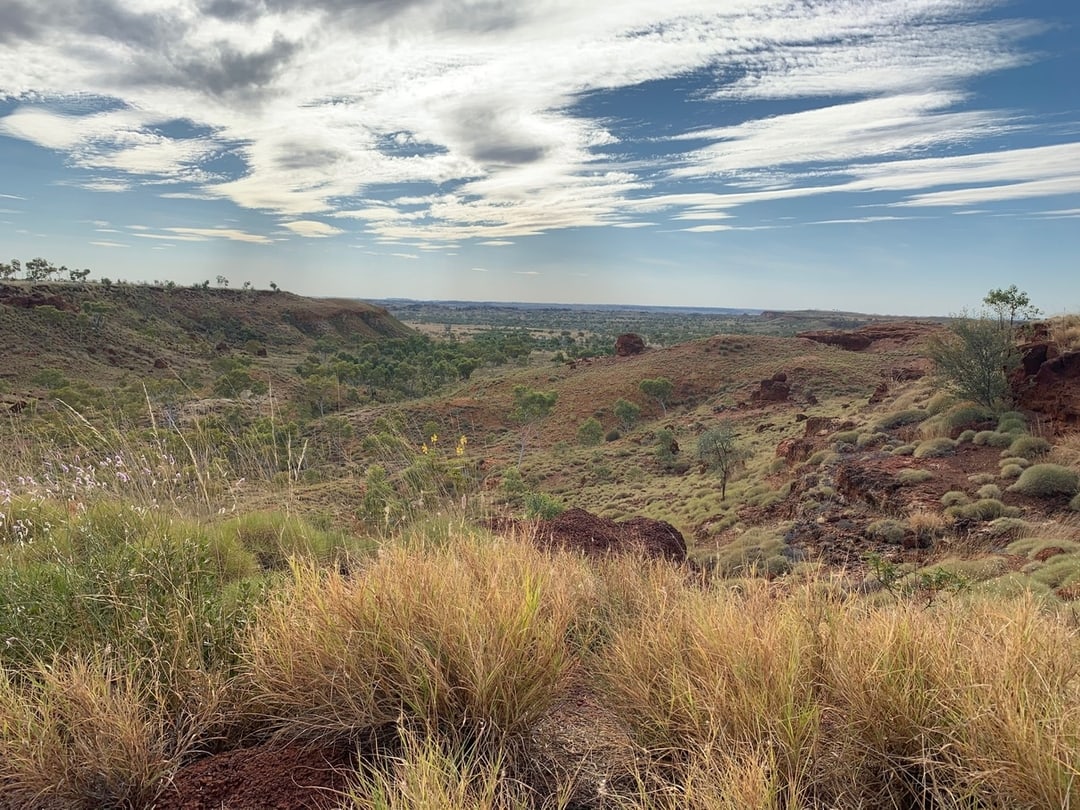Eastman Tenement Package
Peako’s East Kimberley Tenement Package is located in the Halls Creek Orogen near the southern margin of the Kimberley Basin in Western Australia.
Peako’s tenements host a diverse Palaeoproterozoic succession that is widely intruded by multiple granitoid phases and deformed by multiple orogenic episodes. The area represents the western-most window of the Halls Creek Orogen, where volcanic successions of the bimodal Koongie Park Formation Volcanic Belt(c. 1845 Ma) and the Lamboo Ultramafic Intrusive Belt (c. 1850-1835 Ma) are well developed.
The geological diversity within Peako’s tenement package has driven the search for a wide range of commodities, with the Koongie Park Formation having demonstrated prospectivity for base (Cu-Pb-Zn) and precious (Ag, Au) metals mineralisation, whilst the Lamboo Ultramafic belt has demonstrated prospectivity for base (Ni, Cu) and precious metal (Au, PGE and REE) mineralisation.
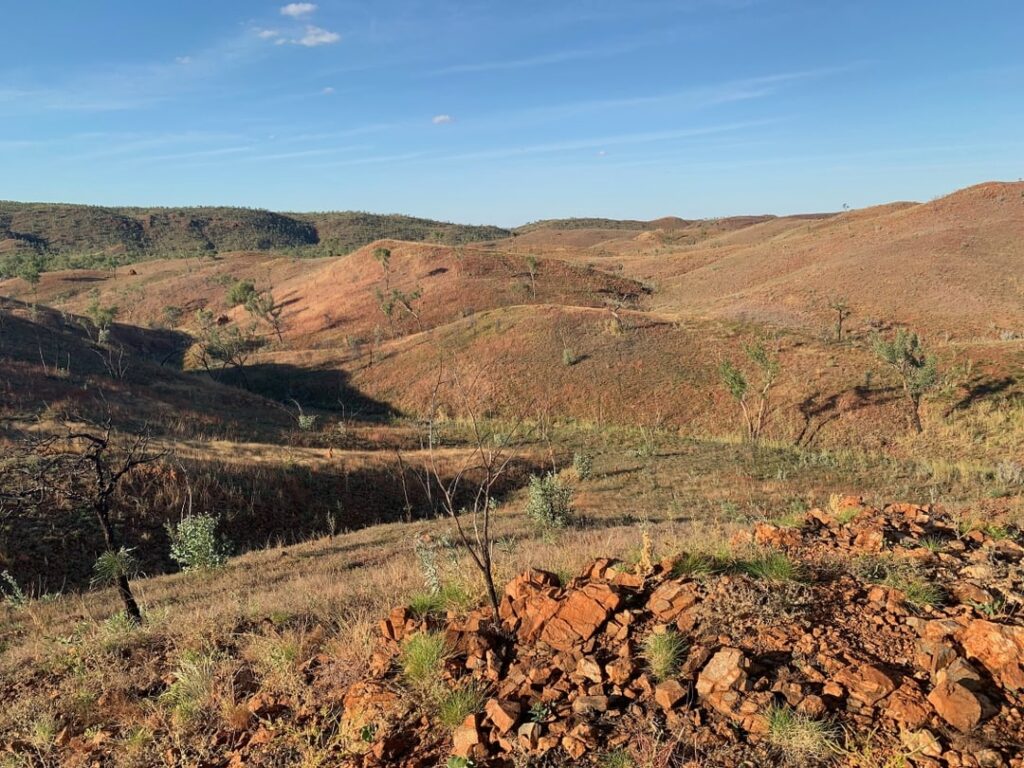
Eastman PGE Project

Peako’s flagship project is the Eastman PGE project which lies within a large under explored intrusive complex that Peako considers prospective for a major PGE resource. The Eastman Intrusive Complex is located within the Central Zone of the Halls Creek Oregon, where an array of mineralised layered mafic-ultramafic intrusive complexes are defined with an established mineral endowment. Known endowment from layered intrusions in the Halls Creek Oregon includes:
- Panton – 6.9 Moz PdEq PGE resource
- Savannah – Ni-Cu 13.5Mt resource @ 1.56% Ni, 0.7%Cu, 0.1% Co
- Copernicus – Ni-Cu 0.825 Mt @ 1.24% Ni, 0.81% Cu
- Lamboo PGE – Large PGE discovery
High-Grade Results at Brumby Highlight Significant Potential of Eastman Intrusion
In February 2023, Peako received assay results from its Phase 2 reverse circulation (RC) drilling program, which was undertaken in late 2022.
The results provided further confidence in the potential of the Eastman Project, in particular highlighting the potential of the Brumby Prospect and surrounds.
Significant intercepts included:
- 30m @ 1.45 g/t PdEq (1.0 g/t 3E) from 48m(PRC0074)
– including 6m @ 2.93 g/t (2.37 g/t 3E)from 63m - 14m @ 1.45 g/t PdEq from 70m (1.06 g/t3E) (PRC0073)
– including 4m @ 2.44 g/t (1.91 g/t 3E)from 78m - 23m @ 0.83 g/t PdEq (0.54 g/t 3E) from 46m(PRC0076)
– and 11m @ 0.83 g/t PdEq (0.54 g/t 3E) from 74m
– and 7m @ 0.83 g/t PdEq (0.54 g/t 3E) from 140m
– and 5m @ 0.87 g/t PdEq (0.50 g/t 3E) from 162m - 6m @ 1.05 g/t (0.0.55 g/t 3E) PdEq from26m (PRC0077)
– and 8m @ 1.39 g/t (0.77 g/t 3E) PdEq from55m - 21m @ 0.83 g/t PdEq (0.48 g/t 3E) from 71m(PRC0079)
– including 7m @ 1.14 g/t PdEq (0.72 g/t3E) from 85m - 21m @ 0.91 g/t PdEq (0.52 g/t 3E) from 23m(PRC0080)
– including 6m @ 1.16 g/t (0.71 g/t 3E)from 38m - 9m @ 1.23 g/t PdEq (0.72 g/t 3E) from 66m(PRC0081)
– including 3m @ 1.85 g/t PdEq (1.51 g/t3E) from 70m
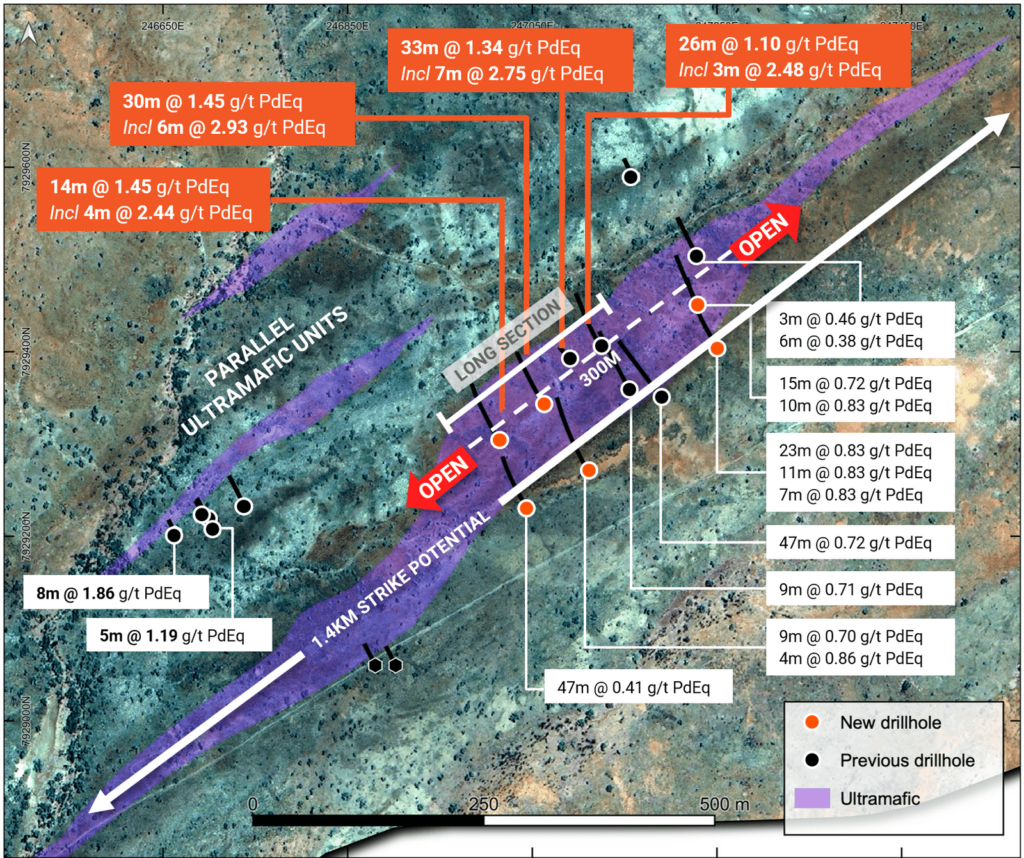
Phase 2 drill results from Brumby define PGE mineralisation continuously across the tested 300m strike, with a high-grade zone that is also continuous over a strike length of at least 180m. All mineralisation at Brumby remains open along strike to both the east and west.High-grade PGE mineralisation at Brumby was consistently intersected at vertical depths around 65m with the zone extending from near surface and currently open both up and down dip and along strike in both directions.
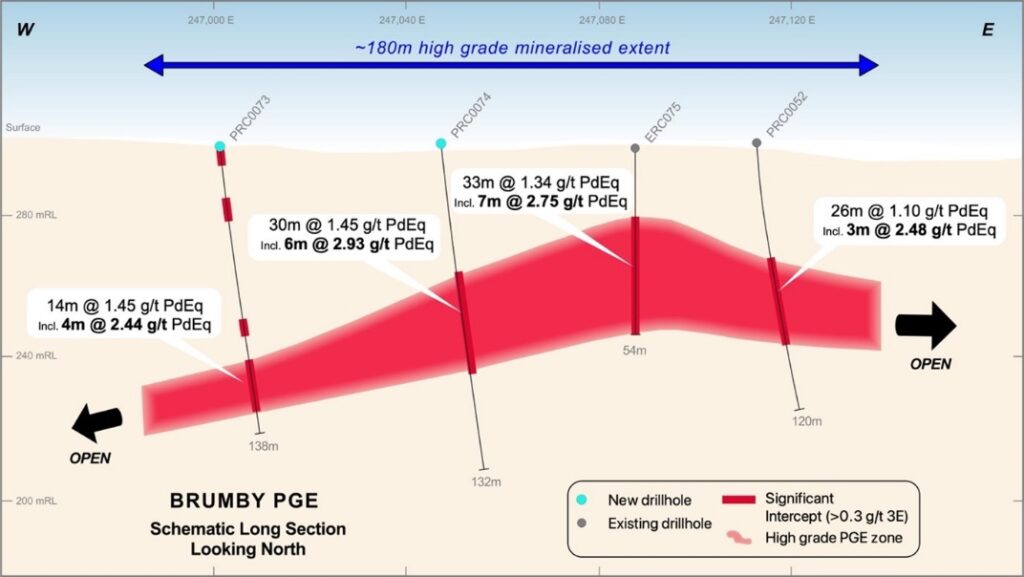
About the Eastman Intrusion
Widespread anomalous PGE intercepts from sparse, wide-spaced historical drilling over the 16.5km extent of the Eastman Intrusion indicate an extensive PGE mineralised system. Historical exploration was focused on the outcropping ~6.9 km length of the intrusive complex, with a bias to evaluating relatively short discontinuous chromitite lenses within the sequence. PGE mineralisation, however, is shown to be stratabound within the ultramafic intrusives, unlike the discontinuous strataform chromite-rich layers.
The Eastman Intrusion is interpreted to extend along strike for approximately 16.5km; divided into an Eastern and Western zone by a granite intrusion. The Eastern Zone extends for ~9.4km with 2.5km under cover and the Western zone for 7.1km, mostly under cover.
The Eastman Intrusion is a layered mafic to ultramafic intrusive complex comprised predominately of pyroxenite, anorthosite and gabbro. The pyroxenite forms the basal unit, with the gabbro and anorthosite overlaying it. The sequence has been variously folded and faulted in places resulting in structural repetition of the sequence. Having multiple layers of the sequence adds considerably to the prospectivity of the intrusive complex.
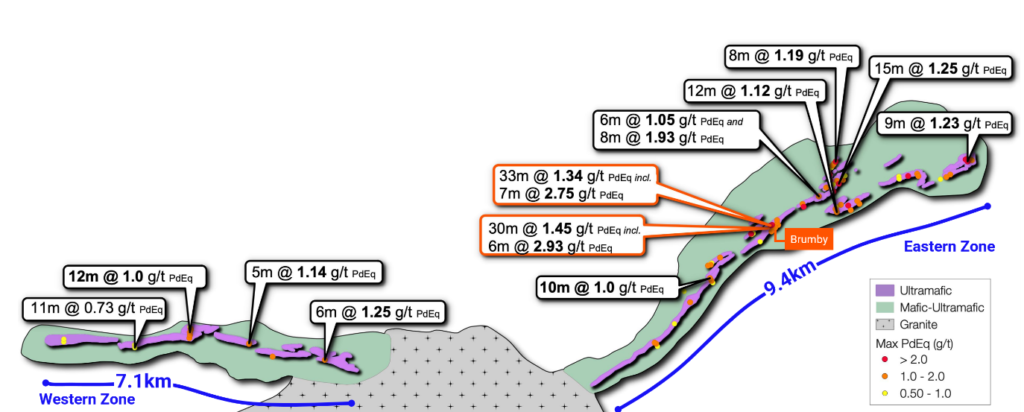
The Eastman Intrusion appears geologically similar to the nearby northerly Panton and Lamboo Intrusions. The three intrusive complexes each have the same ultramafic-mafic rock types and similar intrusion sequencing. Moreover, historical work at all three intrusive complexes has focused on stratiform chromite layers in the ultramafic rocks. Previous exploration at the Eastman Intrusion, like at the nearby Panton and Lamboo intrusions, focused on the discontinuous stratiform chromitite lenses rather than the wider, more extensive PGE-rich stratabound mineralisation that Peako is targeting, which has become recognised within the mafic-ultramafic layers of the intrusive complex.
